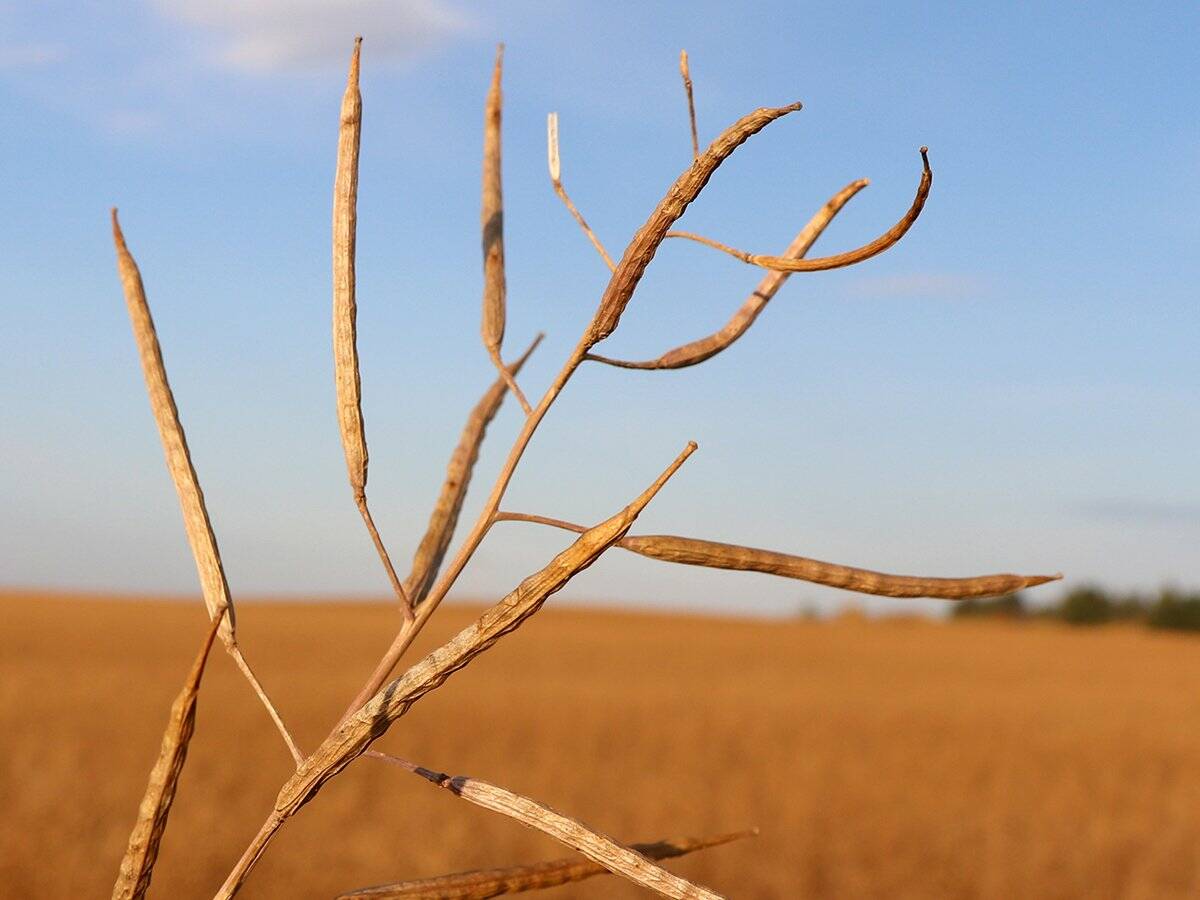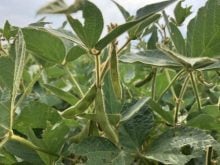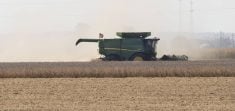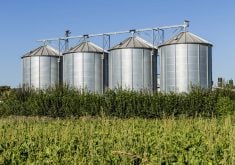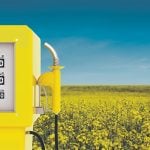Canola has remained above the lows its futures hit when China slapped on a 75.8 per cent tariff on the Canadian seed. For the week ending Aug. 21, the November canola contract on the Intercontinental Exchange had a net gain of $8.80 at $663.30 per tonne.
Also, the Nov closed Aug. 21 up $13 from when canola took the initial hit from China nine days earlier. That’s rather remarkable.
Just as the harvest pace across the Canadian Prairies begins to build steam, the futures have recovered – for now. That’s largely due to a significant turnaround in the soyoil futures at the Chicago Board of Trade on Aug. 21. The October contract jumped more than 2.4 cents to end the day at 53.6 cents per pound. That gave soyoil a net gain of 1.6 cents from where it was a week earlier.
Read Also
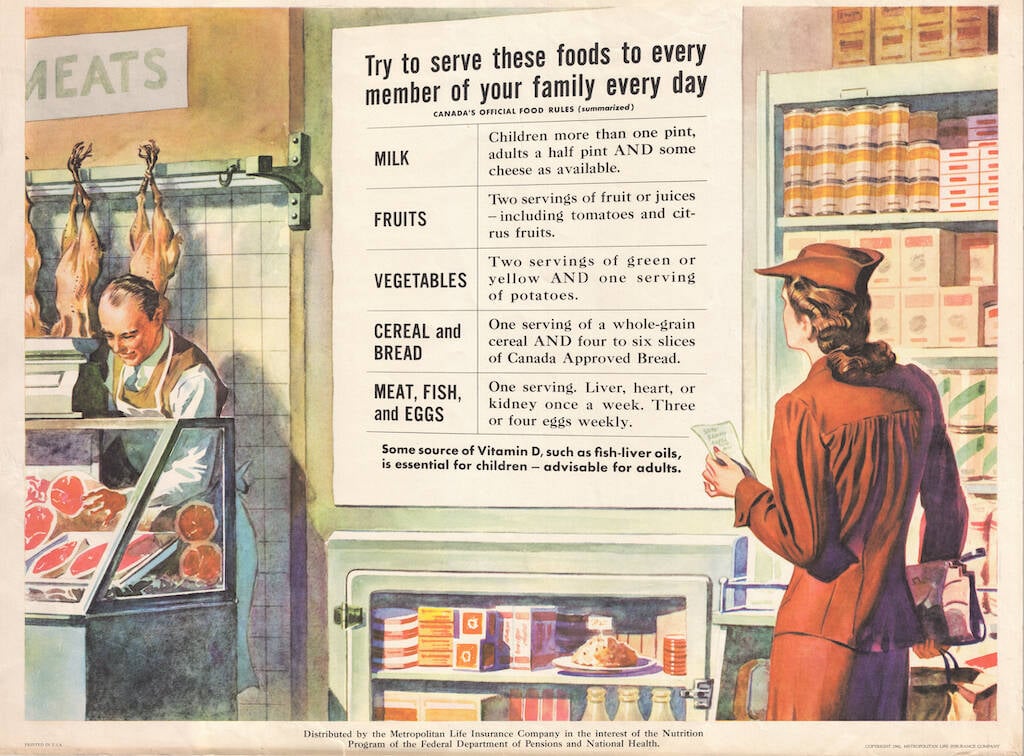
Canada’s ‘Harvest for Victory’ in the Second World War
Propaganda posters celebrating farming show the legacy of Canadian agriculture during the Second World War.
Beanoil shot up so much likely because of the announcement from the United States Environmental Protection Agency regarding small refinery exemptions. During the morning of Aug. 22, the EPA announced 63 small refineries received exemptions from the Renewable Fuels Standard, 77 got partial approvals while 28 were denied.

So strong the upswing in bean oil and the associated spillover into canola that the latter didn’t care about the hike in canola production Agriculture and Agri-Food Canada made for 2025/26.
Canadian canola growers are now expected to reap 20.10 million tonnes of the oilseed, 12.9 per cent more than what AAFC estimated in July. Also their projection for ending stocks doubled to 2.2 million tonnes.
A much bigger harvest and essentially the loss of China as the country’s top foreign buyer should mean canola is looking to slip below $600/tonne rather than turning around as it did.
The rain the Prairies received over the last month definitely saved the canola harvest from coming in below average. That could be further verified come Aug. 28 when Statistics Canada issues its first crop production report of 2025. The report may back AAFC’s estimate or StatCan could find something very different. That all depends on the satellite imagery and model it uses to calculate its findings.
Another thing about the rain we got – that it hasn’t rained on the farmers’ parade. At least not for now. Let’s see what transpires when the harvest is fully underway and what changes might evolve in the Canada-China relationship.


